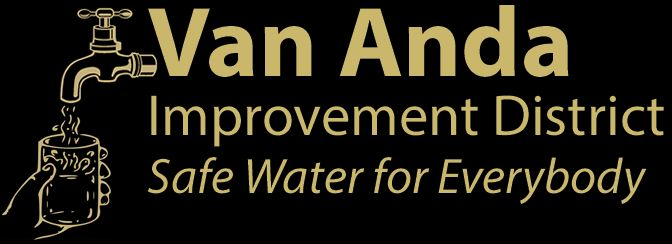Effects of a Water Shortage on Firefighting Capabilities

Water scarcity is the lack of sufficient available water resources to meet the demands of water usage within a region. It already affects every continent and around 2.8 billion people around the world at least one month out of every year. More than 1.2 billion people lack access to clean drinking water.[1]
Water scarcity involves water stress, water shortage or deficits, and water crisis.
- While the concept of water stress is relatively new, it is the difficulty of obtaining sources of fresh water for use during a period of time and may result in further depletion and deterioration of available water resources.[2]
- Water shortages may be caused by climate change, such as altered weather patterns including droughts or floods, increased pollution, and increased human demand and overuse of water. [3]
- A water crisis is a situation where the available potable, unpolluted water within a region is less than that region’s demand.[4]
Water scarcity is being driven by two converging phenomena: growing freshwater use and depletion of usable freshwater resources.[5]

Water scarcity can be a result of two mechanisms:
- economic water scarcity, where physical water scarcity is a result of inadequate natural water resources to supply a region’s demand, and economic water scarcity is a result of poor management of the sufficient available water resources.
Island wide/local area concerns
With climate change, our water supply is becoming more susceptible to the effects of water scarcity. In recent years, we have had more than a few wells run dry, indicating that the water table on the island is lowering. At some point, we are in danger of having sea water infiltration into the aquifer as there will be insufficient volume of fresh water to keep the saline contamination at bay. Because of the nature of the island (limestone), we don’t have a solid base that will withstand infiltration and the saline water will be approximately sea level through out the island. Any sea level increase will result in the saline water level rising as well.

There are many competing priorities on any water supply, from residential, commercial, and industrial. In Van Anda, the main user of our limited water supply is residential. Rarely will the system be used to supply hydrant water for fire fighting capabilities, however, our property insurances rates are dependent on our ability to supply a sufficient amount of water to suppress any structure fire. Any use of the water system to supply a fire scenario will result in an immediate “Boil Water” situation as our treatment facilities are limited to treating our normal water usage flows. Drawing the system down to fight a fire will result in a rapid depressurization of the affected water lines with the upstream pumps being brought into service to supply the system with water. A full scale event will overwhelm our ability to effectively treat the incoming water and the increase flow and loss of pressure will shock the water lines as well as the higher flows initiating a scouring of any residual materials that are in the lines, resulting in the “Boil Water” advisory.
At present, our water supply is meeting our needs, however, there has been a noticeable change in our local/regional area weather patterns. Our summers appear to be getting both longer and warmer and our rainfall pattern is changing with less precipitation overall but large scale rain events are becoming more common. While these rain events allow us to replenish our reservoir, the extended pattern of reduced precipitation during our warm season and the increase in overall local temperatures is resulting in the lake both losing more water to evaporation and a lesser amount overall of rainfall occurring in our area, resulting in the water supply losing its ability to maintain its overall level.
Forest Fires

As the temperatures increase and rain patterns change, major stressors are occurring in the local forests. Both a lack of water and increased temperatures are causing the local trees to either lose leaves earlier or shed far more needles as a result of the stress. This has caused a further build up of the Duff layer in the forests (the layer that has not yet fully decomposed which includes needles, leaves, branches, and trunks). The Duff layer is the major fuel supply in the event of a forest fire.
As the island becomes drier as a result of climate change, more trees will succumb to drought and add their fuel loads to the duff layer. Those trees that remain will be utilizing their own defenses to mitigate the increase temperature/moisture loss – conifer needles will become fewer and more repellant to moisture loss thru oxygen/gas exchange. Breathing does take place in the leaf/needle, but it is chlorophyll that actually absorbs the carbon dioxide. The carbon dioxide that is absorbed is used with water to dissolve minerals taken up from the roots. Without access to these important nutrients, tree health suffers further.
As Texada has not had a major forest fire for at least 10 years, the duff layer is much thicker that it would be in a normal forest that has had regular fire events that keep the duff to a minimum level. The only fire blocks that exist are the active and non-active quarries and a limited amount of forestry clear-cut which has had most of the duff layer removed to allow for regrowth.
In the event of a forest fire, there will be limited amounts of fresh water available to extinguish the fire. Our nearest source of readily available fresh water is the main land. In drought conditions like we have experienced in recent years, seawater would be used resulting in potential aquifer contamination as there is insufficient local resources to supply any substantial amount or place to fill any aircraft.



